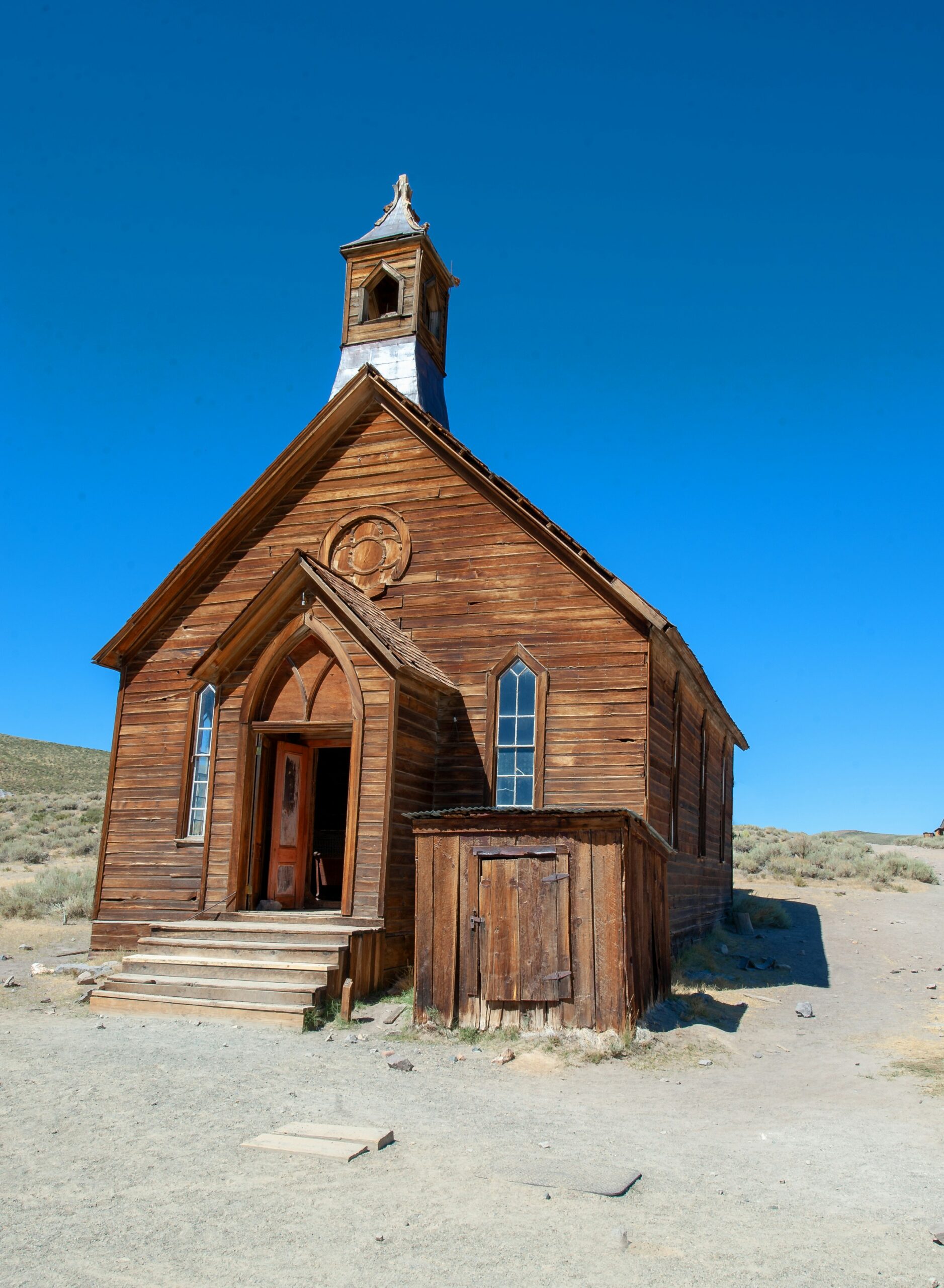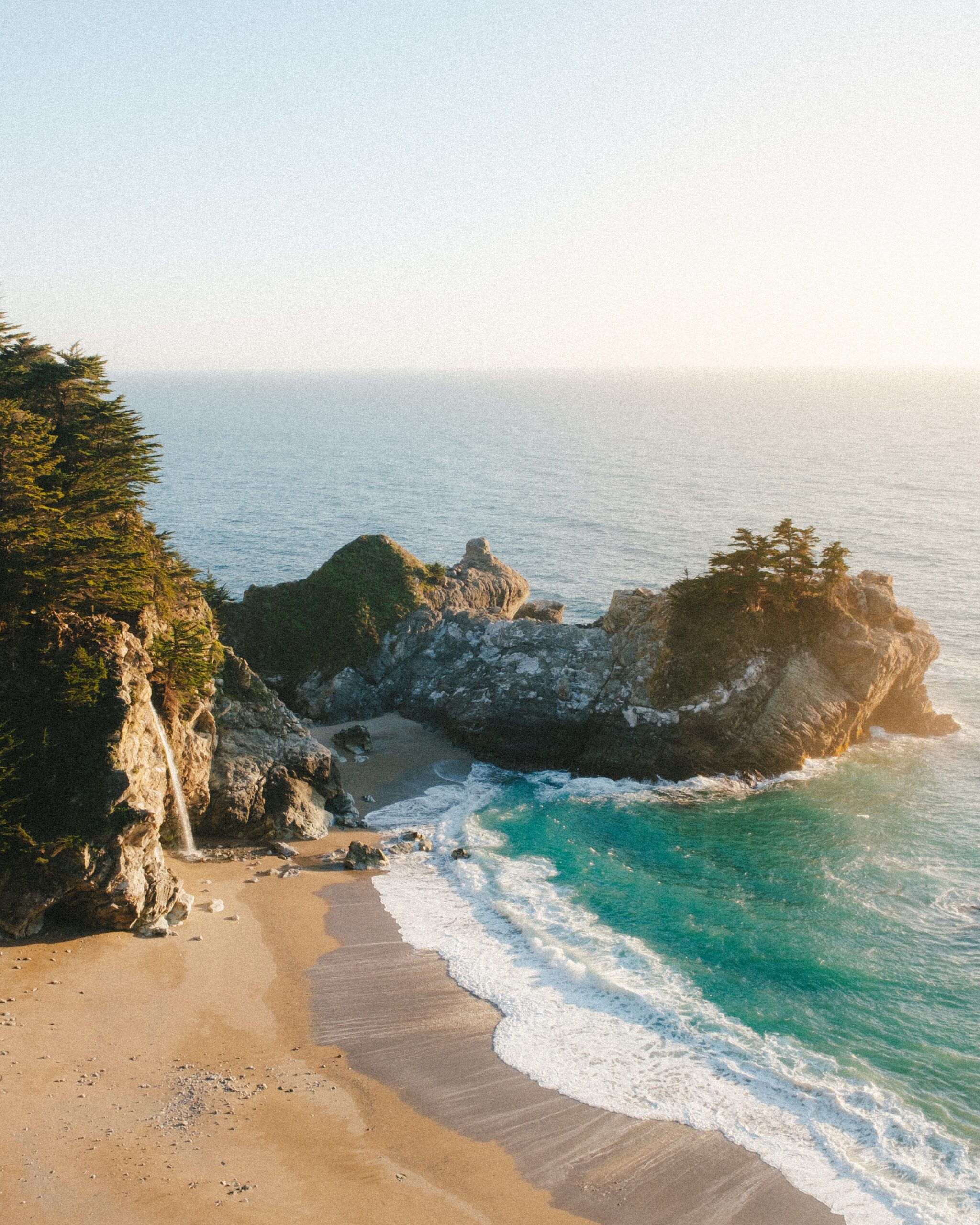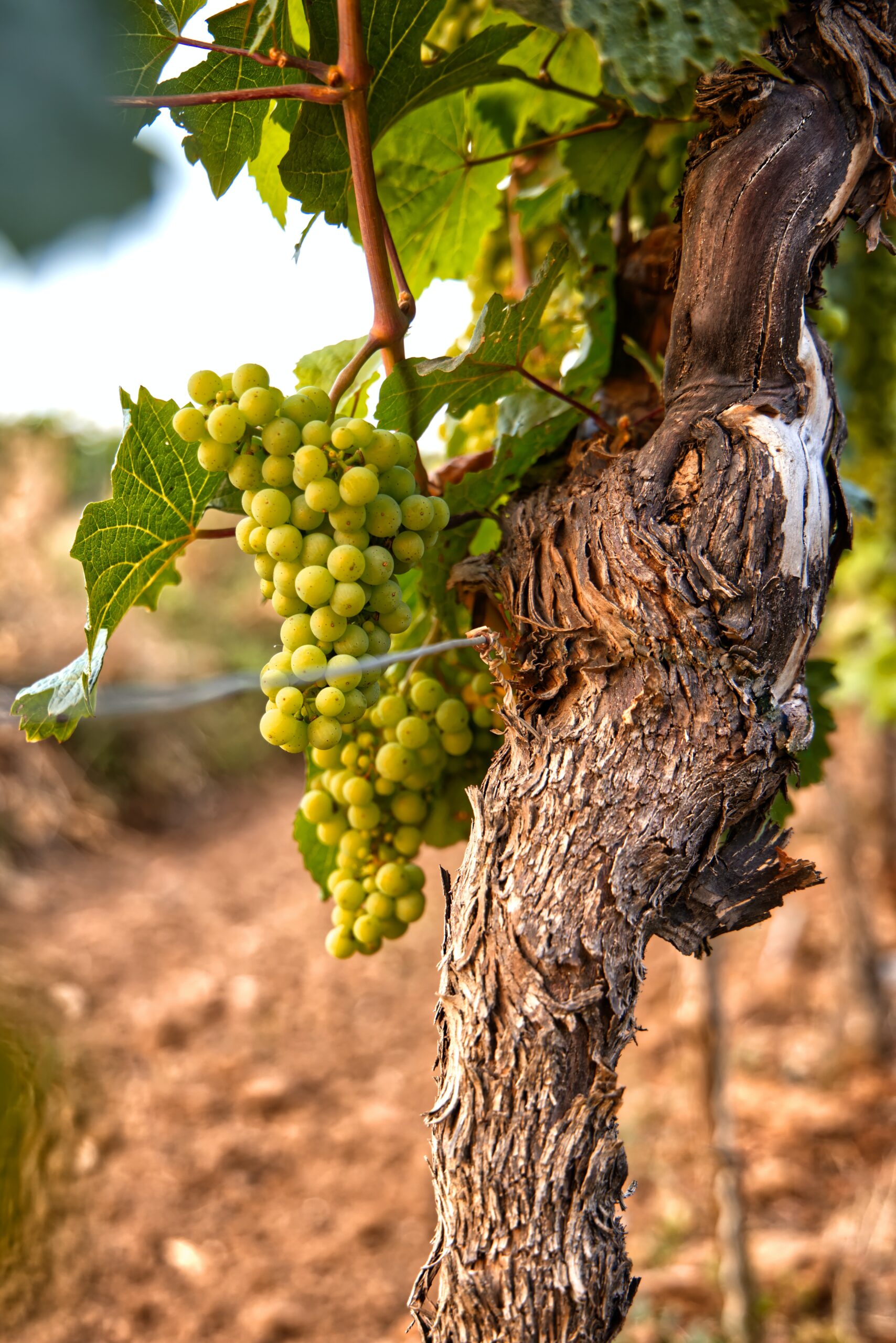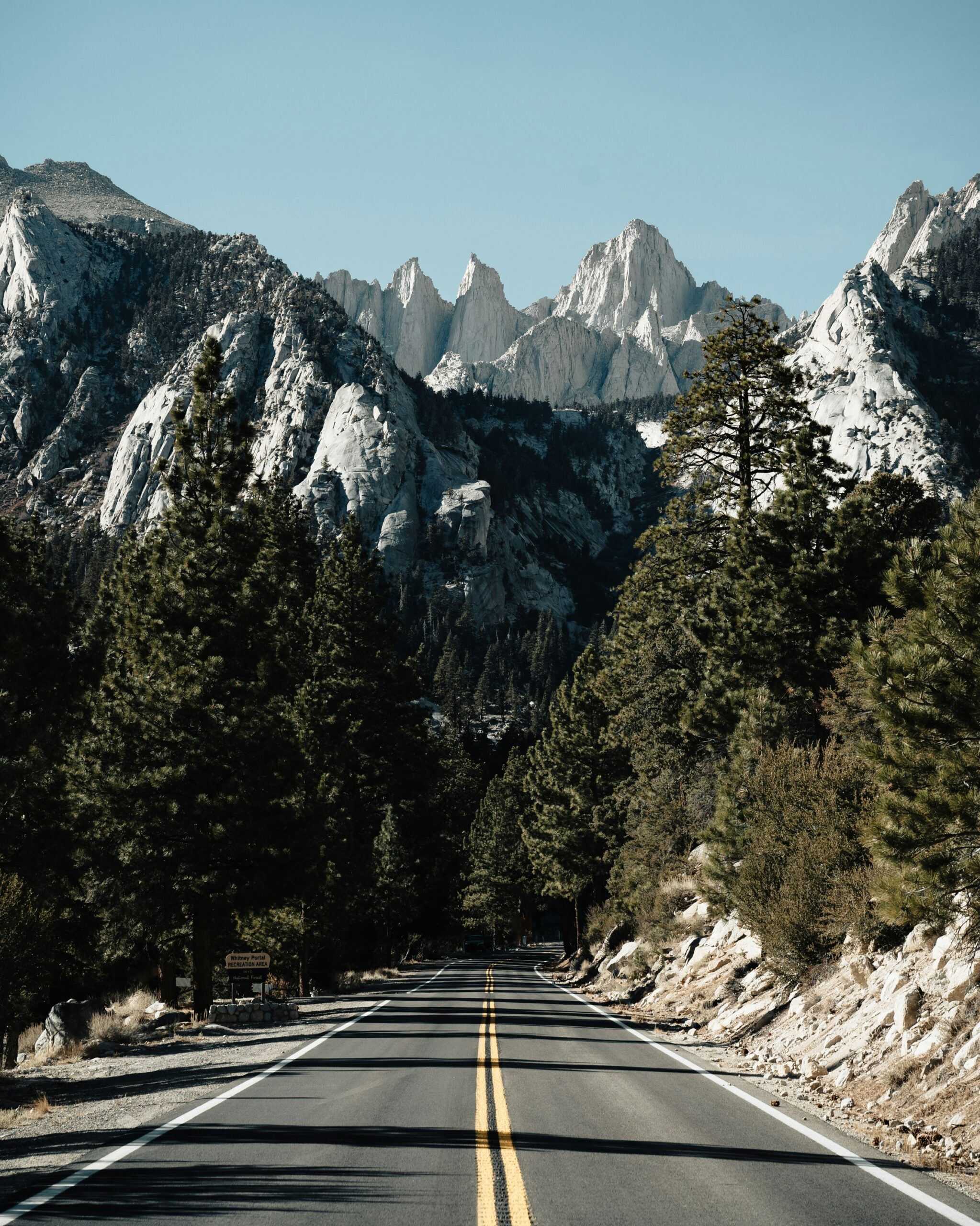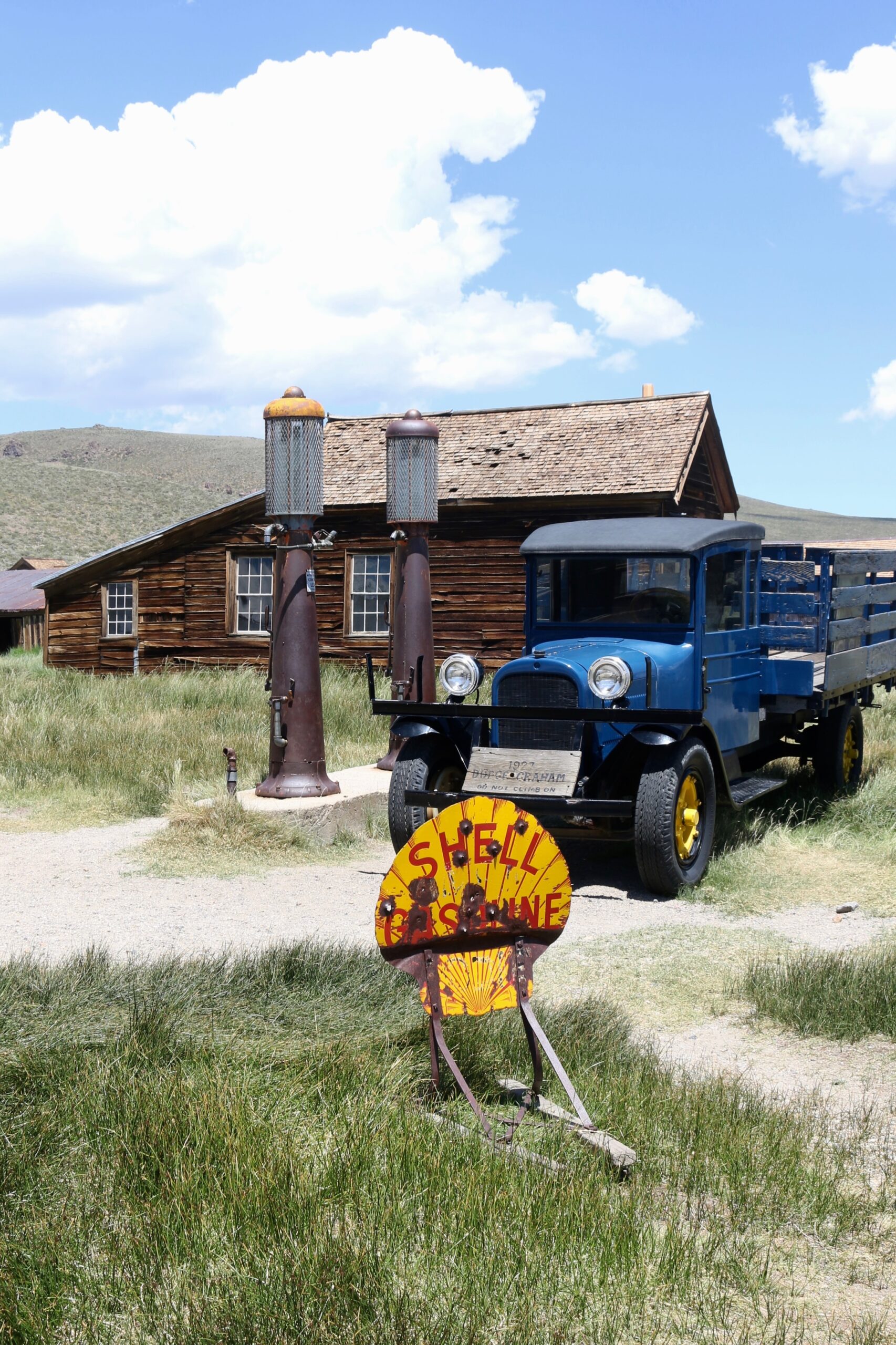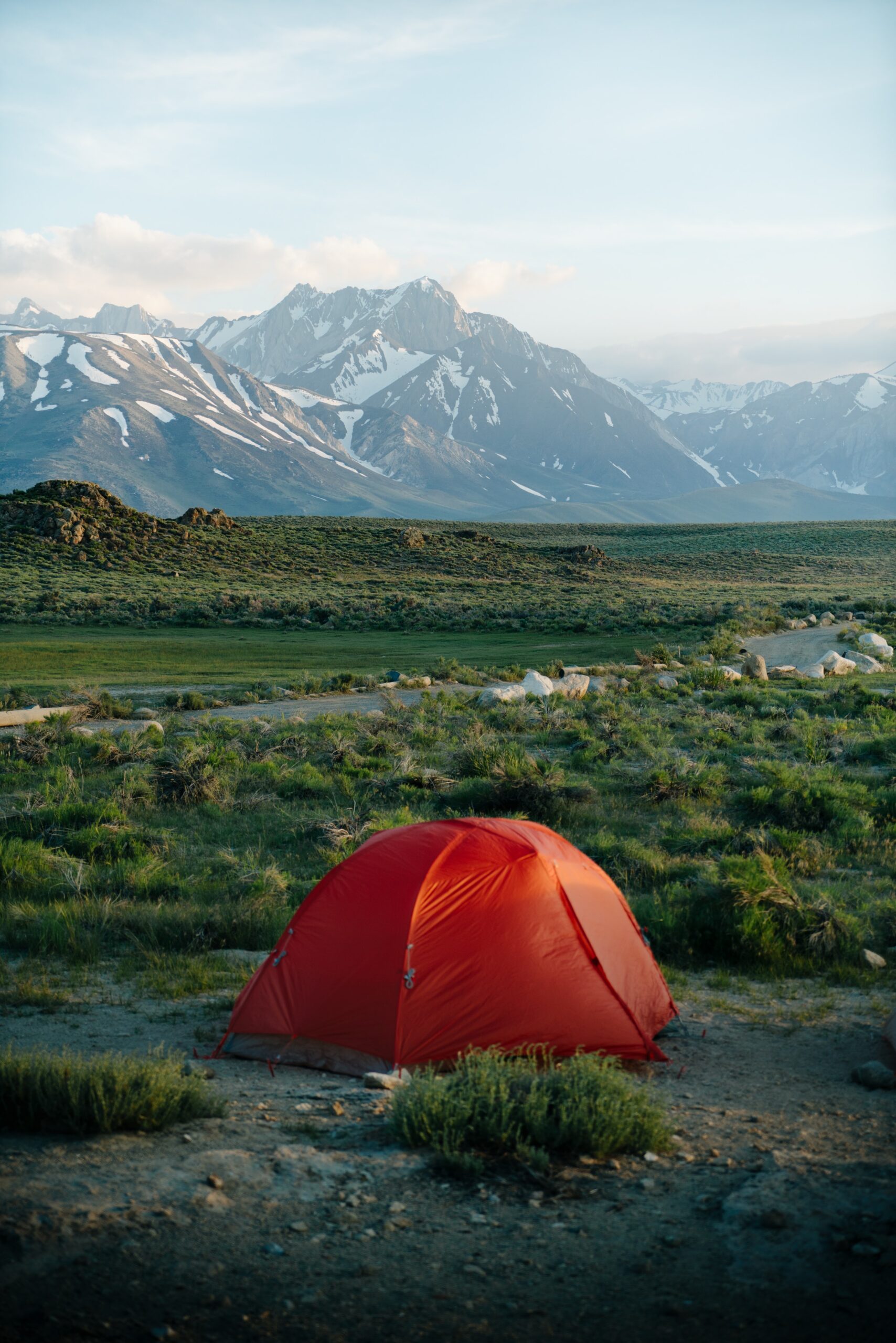What Happened to Bodie California Ghost Town: A Friendly Guide to Its Fascinating History
Nestled in the rugged hills of eastern California lies a town frozen in time. Bodie, once a thriving gold mining community, now stands as a captivating ghost town preserved in a state of “arrested decay.” The town's fate was sealed by a combination of declining gold production, harsh weather, and economic hardships, leading to its abandonment in the mid-20th century.
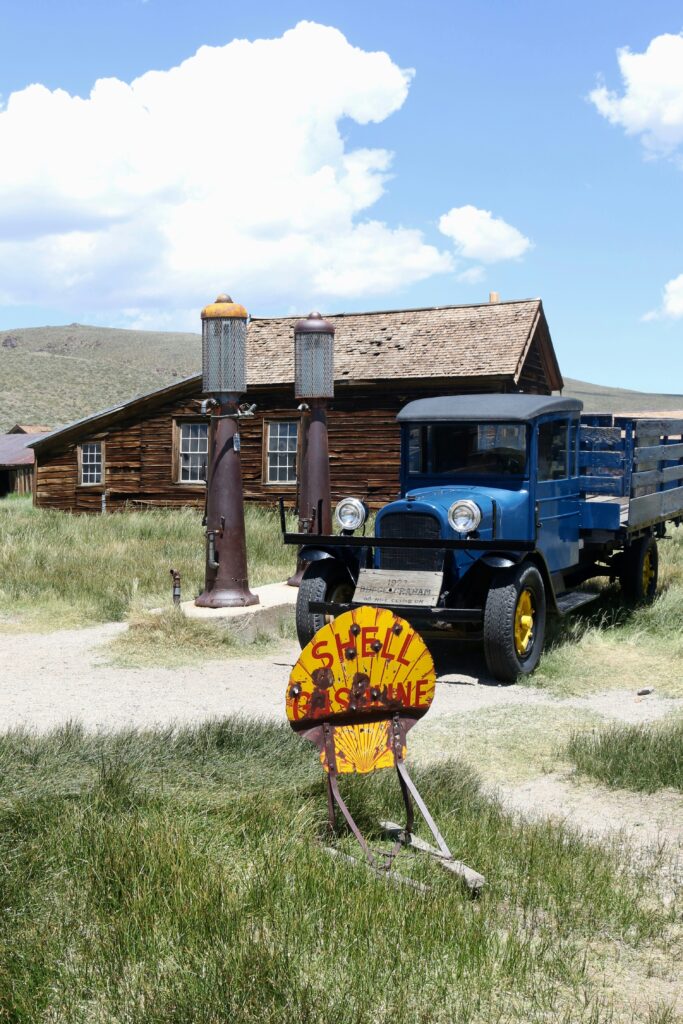
Today, Bodie exists as a State Historic Park, offering visitors a glimpse into the wild days of the American West. The eerie remnants of over 200 buildings still stand, their interiors largely untouched since the last residents departed. Dusty shelves, weathered furniture, and remnants of daily life create an atmosphere that transports visitors back to the 1800s.
Intriguingly, Bodie is said to be haunted by a curse. Legend has it that anyone who removes even the smallest artifact from the town will be plagued by misfortune. This tale adds an extra layer of mystery to the already fascinating history of this abandoned gold rush town.
What Happened to Bodie California Ghost Town: A Friendly Guide to Its Fascinating History
Historical Background
Bodie's story is one of rapid growth, wild prosperity, and eventual decline. This remote California town experienced a dramatic gold rush boom before fading into a ghost town frozen in time.
Boomtown Origins
Bodie began as a small mining camp after gold was discovered in 1859 by a group of prospectors, including W.S. Bodey. The town's name came from Bodey, though it was misspelled.
Initially, Bodie grew slowly. The harsh climate and remote location made early settlement challenging.
In 1876, a rich vein of gold ore was discovered. This sparked a frenzied gold rush to Bodie. The population exploded from a few hundred to nearly 10,000 within just a few years.
19th Century Life
At its peak, Bodie was a thriving boomtown with over 2,000 buildings. The town boasted saloons, a red-light district, and a Chinatown. It gained a reputation for lawlessness and violence.
Bodie had schools, churches, and newspapers. Several banks and a railroad served the community. Mining companies invested heavily in extracting gold from the nearby hills.
Despite harsh winters and isolation, residents created a bustling community. They enjoyed social clubs, theater performances, and other entertainments common to 19th-century American towns.
The Decline of Bodie
By the 1880s, Bodie's fortunes began to wane. The gold mines became less productive and more expensive to operate. Many residents left to seek opportunities elsewhere.
A fire in 1892 destroyed much of the business district. This accelerated Bodie's decline. By 1910, the population had fallen to just 698 people.
Mining continued on a smaller scale until 1942. The post office finally closed in 1942, essentially ending Bodie's life as an active town. Today, Bodie is preserved as a state historic park, allowing visitors to experience a genuine gold rush ghost town.
Bodie Today
Bodie, California now stands as a haunting reminder of the American West's turbulent past. This former gold-mining boomtown has been preserved in a state of “arrested decay,” attracting visitors from around the world to experience its eerie atmosphere and rich history.
Arrested Decay
Bodie State Historic Park maintains the town in a unique state of arrested decay. This means the buildings are left as they were found, without restoration or reconstruction. Park officials only perform minimal maintenance to prevent further deterioration.
Visitors can peek into buildings filled with abandoned belongings, creating an atmosphere frozen in time. Dusty interiors hold old furniture, supplies, and personal items left behind by former residents.
The town's 110 remaining structures include a church, bank, saloon, and schoolhouse. These weathered buildings offer a glimpse into life during Bodie's heyday in the late 1800s.
Tourism and Preservation
Bodie State Historic Park welcomes thousands of tourists annually. Visitors can explore the ghost town on self-guided tours, taking in the eerie ambiance and stunning mountain scenery.
The park offers interpretive programs and guided tours to educate visitors about Bodie's history. A museum in the Miners Union Hall displays artifacts and photographs from the town's past.
Efforts to preserve Bodie continue through the work of park staff and the Bodie Foundation. This non-profit organization raises funds for preservation projects and educational programs.
Visitors are reminded to respect the site's fragile nature. The “Bodie curse” warns against removing artifacts, encouraging responsible tourism and helping maintain the town's authentic atmosphere.
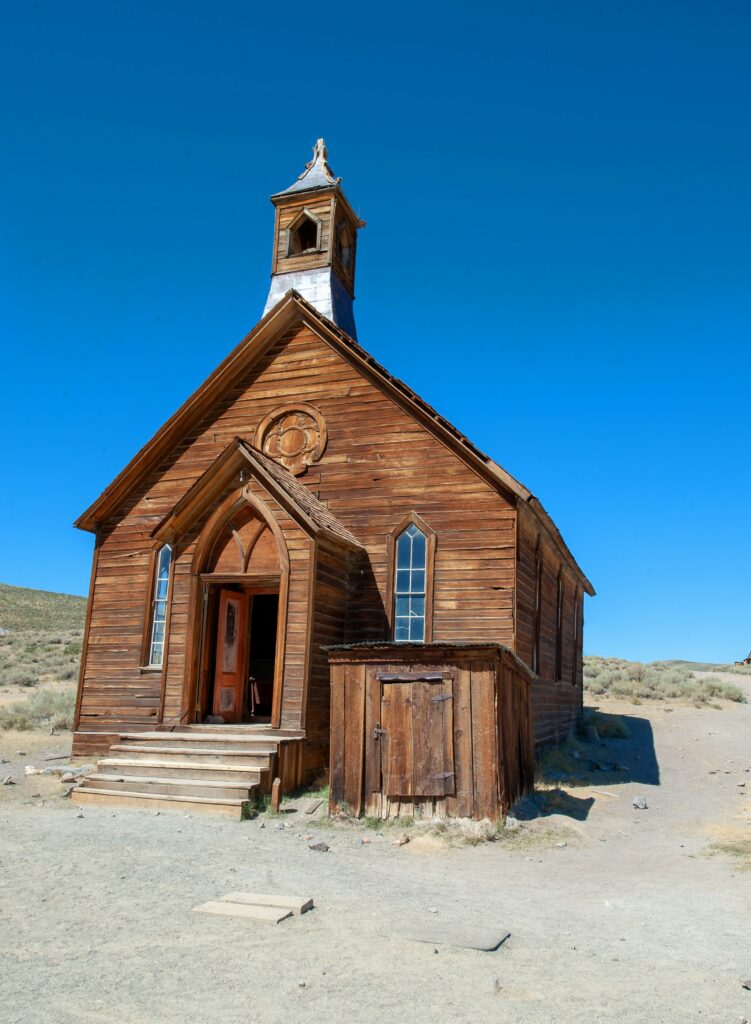
Daily Life and Culture
Bodie's vibrant community thrived on a mix of social gatherings, diverse entertainment, and cultural exchange. The town's lively atmosphere was shaped by its saloons, theaters, and the unique contributions of its Chinese residents.
Social Life and Entertainment
Bodie's social scene revolved around its numerous saloons. The town boasted 65 saloons at its peak, providing miners and residents with places to unwind after long workdays. These establishments served as hubs for socializing, gambling, and occasionally, settling disputes.
Entertainment options were plentiful in Bodie. The town had several theaters where residents could enjoy plays, music performances, and other shows. Dancing was a popular pastime, with regular balls and socials bringing the community together.
For those seeking more risqué entertainment, Bodie had a red-light district with numerous brothels. While controversial, these establishments played a significant role in the town's social fabric.
Chinatown and Diversity
Bodie's Chinatown was a testament to the town's cultural diversity. Chinese immigrants made up a significant portion of the population, contributing to the town's growth and development.
Many Chinese residents worked in the mines, while others established businesses such as laundries, restaurants, and shops. These enterprises catered not only to the Chinese community but also to the broader population of Bodie.
Despite facing discrimination, the Chinese community maintained their cultural traditions. They celebrated festivals, practiced their religion, and even established their own fire brigade to protect their neighborhood.
The diversity in Bodie extended beyond the Chinese community, with people from various backgrounds coming together in this bustling mining town.
Economic Activities
Bodie's economy revolved primarily around mining and the industries that supported it. The town's rapid growth and eventual decline were directly tied to the success of its gold mines and related businesses.
Mining Operations
Gold mining was the lifeblood of Bodie. The discovery of a profitable gold vein in 1876 transformed the small settlement into a booming town. Numerous mines dotted the landscape, with the Bunker Hill Mine and Standard Company being among the most prominent.
These mines employed hundreds of workers and used advanced technology for their time. Miners worked in harsh conditions, descending deep into the earth in search of precious ore. The Standard Company, in particular, became known for its impressive yields and modern equipment.
As gold reserves dwindened, mining operations became less profitable. This led to a gradual decline in production and employment, ultimately contributing to Bodie's transformation into a ghost town.
Businesses and Industries
Bodie's growth spurred the development of various supporting businesses and industries. The town boasted over 60 saloons, catering to thirsty miners and visitors. General stores, hotels, and restaurants popped up to serve the growing population.
Other industries included:
- Lumber yards
- Blacksmith shops
- Livery stables
- Newspapers
- Banks
These businesses thrived during Bodie's heyday, creating a bustling economic ecosystem. Many entrepreneurs made fortunes supplying goods and services to the miners and their families.
As mining activity decreased, these supporting businesses began to close. The town's economic diversity couldn't sustain itself without the mining industry as its foundation. This led to a gradual exodus of residents and businesses, leaving behind the ghost town we see today.
Law and Order
Bodie's reputation as a lawless town was well-earned. The small mining camp quickly grew into a booming city after gold was discovered in 1859, attracting prospectors and outlaws alike.
The Sheriff's Office struggled to maintain control as the population swelled. Robberies, brawls, and shootouts became commonplace on Bodie's dusty streets.
Vice flourished in the town's numerous saloons and brothels. Gambling, drinking, and other illicit activities were rampant, contributing to Bodie's wild atmosphere.
Despite its notorious reputation, some efforts were made to tame Bodie. A jail was built, and lawmen worked to curb the worst of the violence. However, their success was limited.
Bodie gained a reputation as one of the most violent towns in the Mother Lode. Gunfights and killings occurred frequently, with some reports claiming a man died every day.
While this may be an exaggeration, there's no doubt that Bodie was a dangerous place to live. The town's isolation and the lure of easy gold made it a haven for those seeking to escape the law.
Life's Final Chapter
Bodie's final chapter unfolded as the gold rush faded and residents gradually left the once-bustling town. By the 1940s, Bodie had become a ghost town, with only a handful of determined individuals remaining.
The town's cemetery, a poignant reminder of Bodie's past, stands as a testament to the lives lived and lost in this remote outpost. Weathered headstones tell tales of hardship, disease, and the occasional gunfight.
In 1962, Bodie's fate took an unexpected turn. The remaining structures were designated as a State Historic Park, preserving the town in a state of “arrested decay.” This unique approach allows visitors to experience Bodie as it was left by its last inhabitants.
The Bodie Historic District now offers a glimpse into the past, with over 100 buildings still standing. Visitors can peek through dusty windows to see interiors frozen in time, complete with personal belongings left behind decades ago.
Today, Bodie serves as a popular tourist destination, attracting history enthusiasts and photographers alike. The town's eerie beauty and rich history continue to captivate those who venture to this remote corner of California.
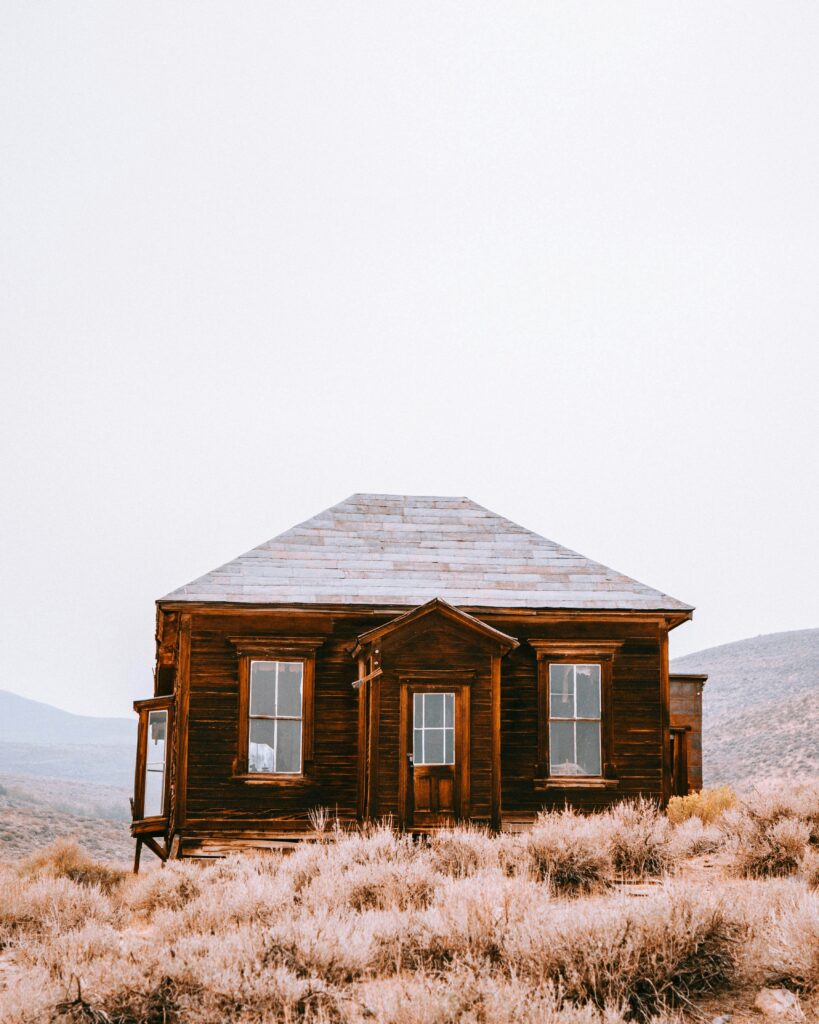
Ghosts and Legends
Bodie's eerie atmosphere has given rise to spooky tales and supernatural claims. Visitors often report strange occurrences and ghostly encounters in this abandoned town.
The Curse of Bodie
The Curse of Bodie is a well-known legend surrounding this ghost town. It's said that anyone who takes an artifact from Bodie will be plagued with bad luck.
Many visitors have reported experiencing misfortune after removing items from the site. Some have even mailed objects back to the park, hoping to break the curse.
Park rangers receive numerous letters from remorseful tourists, often accompanied by returned items. These stories have only added to Bodie's mystique and reputation as a haunted place.
Paranormal Claims
Bodie's abandoned buildings are allegedly home to various ghostly residents. Visitors and paranormal investigators have reported several unexplained phenomena.
People claim to hear phantom piano music from empty saloons and see shadowy figures in windows. Some say they've encountered the ghost of a young girl named Rosa May.
Other reported experiences include:
- Unexplained cold spots
- Strange orbs in photographs
- Feelings of being watched
These paranormal claims have made Bodie a popular destination for ghost hunters and thrill-seekers alike. The town's isolated location and well-preserved buildings provide an ideal setting for those seeking a spooky adventure in the American West.
Conservation Efforts
The ghost town of Bodie has been carefully preserved in a state of “arrested decay” since 1962. This unique approach aims to maintain the town's authentic appearance while preventing further deterioration.
In 1962, Bodie was designated as a State Historic Park and a National Historic Landmark. These titles have played a crucial role in protecting the site and raising awareness about its historical significance.
The Bodie Foundation, a non-profit organization, works tirelessly to support the park's preservation efforts. They collaborate closely with California State Parks to maintain the town's structures and artifacts.
Conservation work in Bodie includes:
- Stabilizing buildings
- Protecting artifacts from theft and weather damage
- Educating visitors about the site's history
Mono County also contributes to Bodie's conservation by promoting responsible tourism and supporting local initiatives that benefit the ghost town.
Preservationists face unique challenges in Bodie due to its remote location and harsh climate. However, their dedication ensures that future generations can experience this fascinating glimpse into California's gold rush era.
Visitors to Bodie are encouraged to respect the site's fragile nature and follow the “leave no trace” principle. This helps maintain the town's authentic atmosphere and protects its historical integrity.
Visiting Bodie
Bodie State Historic Park offers a unique glimpse into California's gold rush era. Visitors can explore the well-preserved ghost town and its surroundings, experiencing the rugged beauty of the Sierra Nevada.
Travel Information
Bodie is located in Mono County, California, about 75 miles southeast of Lake Tahoe. The town sits at an elevation of 8,379 feet in the Bodie Hills. Visitors should be prepared for high-altitude conditions and varying weather.
The Road to Bodie is paved for most of the journey, with the last 3 miles being unpaved but well-maintained. Winter access may be limited due to snow. It's advisable to check road conditions before traveling.
Nearby attractions include Yosemite National Park and Mono Lake, making Bodie an excellent addition to a Sierra Nevada road trip. Lodging and services are available in nearby towns like Bridgeport.
Activities and Sights
Bodie offers a self-guided tour through its eerily preserved streets. Visitors can peer into abandoned buildings, seeing furniture, goods, and equipment left behind. The town's church, schoolhouse, and cemetery provide fascinating glimpses into 19th-century life.
The Bodie Museum, housed in the Miners Union Hall, displays artifacts and photographs. It's an excellent starting point to learn about the town's history. Guided tours are available during summer months, offering in-depth insights into Bodie's past.
Photography enthusiasts will find endless opportunities to capture the town's haunting beauty. Wildlife spotting is common, with mule deer and various bird species frequenting the area.
Visitors should bring water, snacks, and sunscreen. There are no services in Bodie, so come prepared. Respect the park's “arrested decay” policy by not disturbing or removing any items.
Cultural Impact
Bodie's transformation into a ghost town has left an indelible mark on American culture. As a National Historic Landmark District, it attracts visitors from around the world.
The town's well-preserved state gives the impression of being frozen in time, offering a unique glimpse into 19th-century frontier life. This quality has made Bodie a popular subject for photographers and artists.
Many photographers flock to Bodie to capture its haunting beauty. The decaying buildings and abandoned streets provide a rich canvas for creative expression.
Bodie has also inspired numerous books, documentaries, and even video games. Its eerie atmosphere and fascinating history have captured the imagination of storytellers across various media.
The ghost town serves as a powerful reminder of the boom-and-bust cycle of the American West. It offers visitors a tangible connection to a bygone era, sparking curiosity about the lives of those who once called Bodie home.
Today, Bodie continues to influence popular culture, serving as a backdrop for films, music videos, and television shows. Its enduring appeal lies in its ability to transport people to a different time, preserving a slice of American history for future generations.

